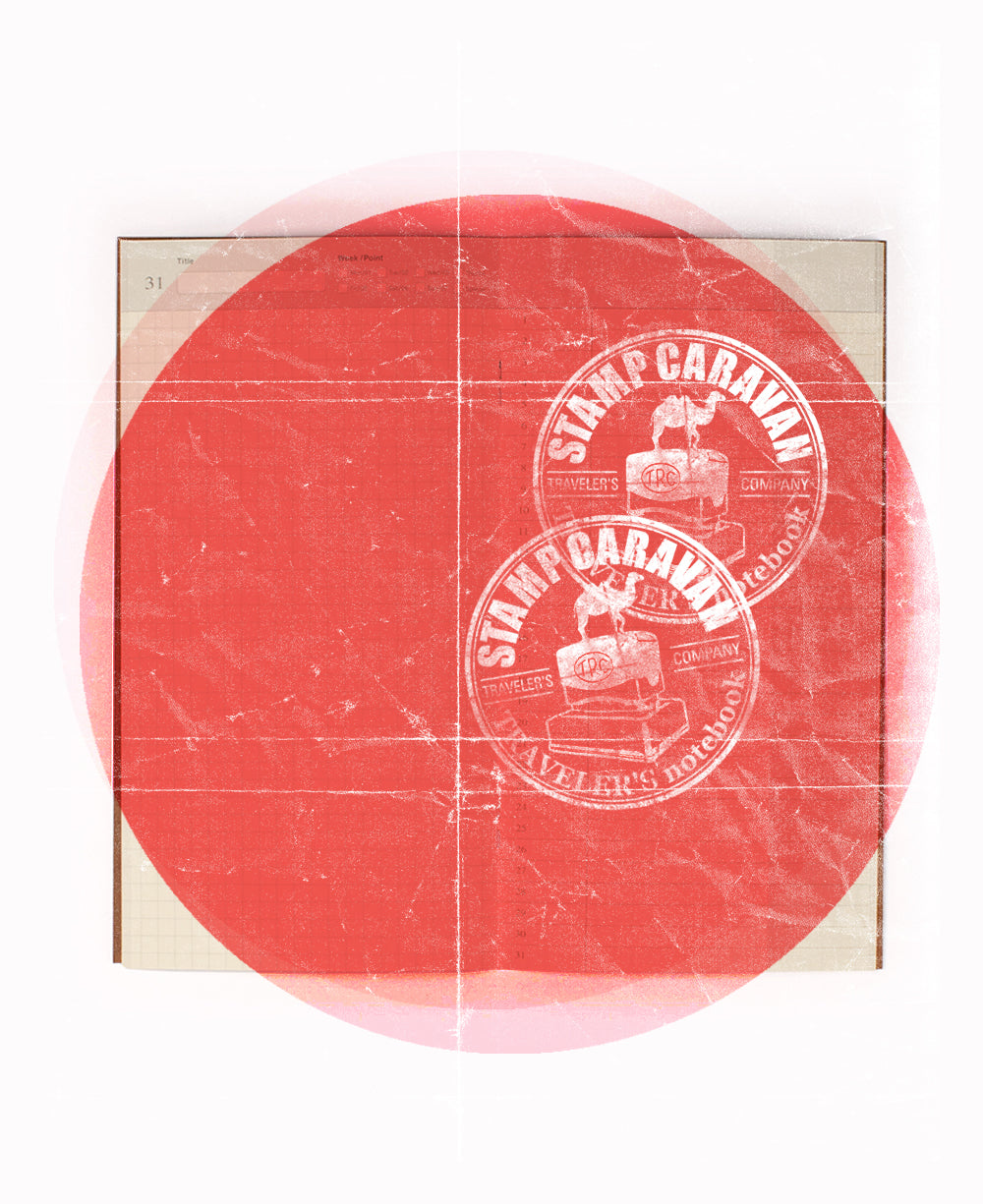TAKE YOUR TIME WITH SLOW COFFEE
A good cup of coffee should be simple, right? For lots of us, making that first cup of coffee in the morning is something of a ritual. However complex or simple your method is, making your coffee is time for you. Slow coffee distils the idea of taking time with your coffee and turns it into an art form.
RICH FLAVOUR AND MEDITATION IN A CUP
Popular in Japan, the ‘slow’ technique of making coffee is steeped in the tradition of relishing small rituals as well as giving great care to everyday things. Embracing it can provide a mindful way to start your day.
Morning mindfulness practices can provide a mood boost, improved focus, improved productivity and lower levels of stress and anxiety later in the day. The process of making slow coffee is an excellent way to engage with the principles of mindfulness while getting a delicious cup of coffee at the end as well!



WHAT YOU NEED TO KNOW
With slow coffee, the water slowly drips through uncompressed ground coffee that sits in a quality paper filter. The process for making your slow coffee can vary depending on the equipment you plan to use. For example, you may wish to use a pour-over glass carafe. Or perhaps a pour-over coffee dripper. Either way, there are certain items involved in the process that it's useful to know about.
THE RITUAL
Weigh your beans carefully and use a manual grinder, focusing on the slow revolutions of the handle, the sound of the coffee beans as they crumble into powder and the release of a beautifully rich aromatic smell. Focus on your breathing and acknowledge all the sensations that waft into your consciousness.
THE GRIND
Grind consistency is probably one of the most crucial factors in terms of getting the desired coffee flavour and the single most important variable in brewing consistently quality coffee. Thankfully, it’s also one of the simplest coffee problems to fix with a good coffee grinder. If you find that your coffee is coming out too thin or tastes slightly sour, try a finer grind setting. If you find that your coffee is coming out bitter or harsh, you need to try a coarser setting.
The Water
Filter your water and be precise when reaching the optimum temperature, carefully place high-quality paper filters in your Kinto brewer and rinse with an initial round of hot water. Discard the water and carefully pour the ground coffee into the filter, shaking to settle the ground and then place your carafe on your scales set to zero. Pour 60 grams of ‘blooming water’ using a spiral motion from the middle to the outside.

THE TEMPERATURE
Technically, you can brew coffee at any temperature water you want. Claims that there is one ideal temperature for brewing coffee remains up for debate. However, the National Coffee Association (NCA) has stated that your brew needs to maintain a water temperature between 90.5 and 96.1 degrees Celcius. It's said that cooler water results in flat, under-extracted coffee, while water that is piping hot will also cause a loss of quality and burn the coffee.
THE POUR
For your main pour, slowly raise the spout above the brewer for 15 seconds to aerate the water, then lower for a further 15 seconds and continue to pour into the filter in a clockwise circular motion. Continue pouring until you reach 220 grams - the total main pouring process should take 45 seconds.

THE reward
The slow, meditative and ritualistic process of slow coffee provides a gentle lift to the start of your day - something relaxing to give your undivided attention to for several minutes. Not only that, but slow coffee enhances the delicate flavours of coffee in a way that espresso simple doesn’t. The process allows the richness of the aromas to radiate.
These steps can vary based on your preferences but what we can say is that quality coffee makers are key however you like to drink your cup. At USTUDIO, we supply beautiful slow coffee makers with typical Japanese simplicity from lifestyle brands Kinto and Hasami Porcelain. Feel free to browse our collection today or pay a visit to our store located on Gloucester Road in Bristol.











